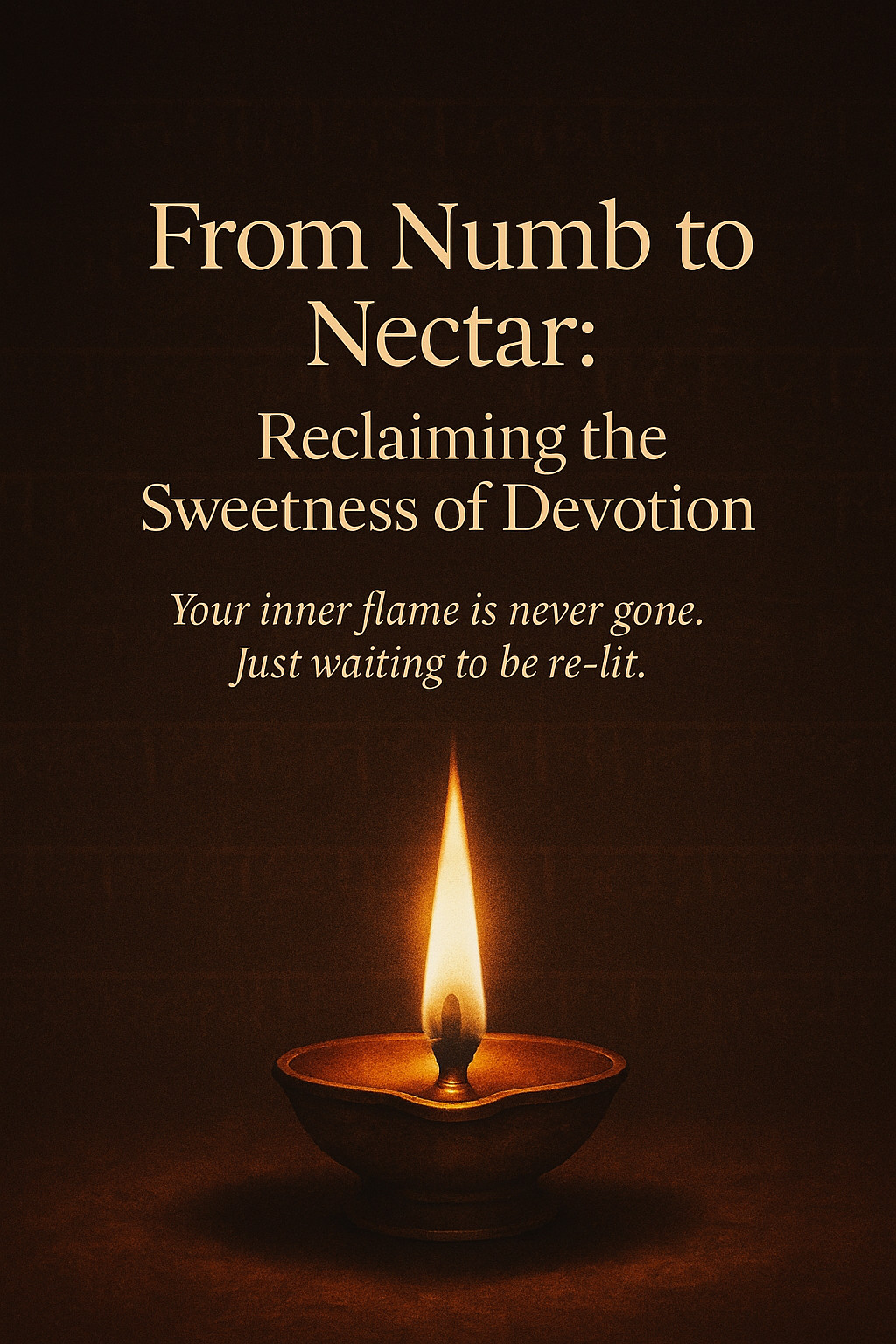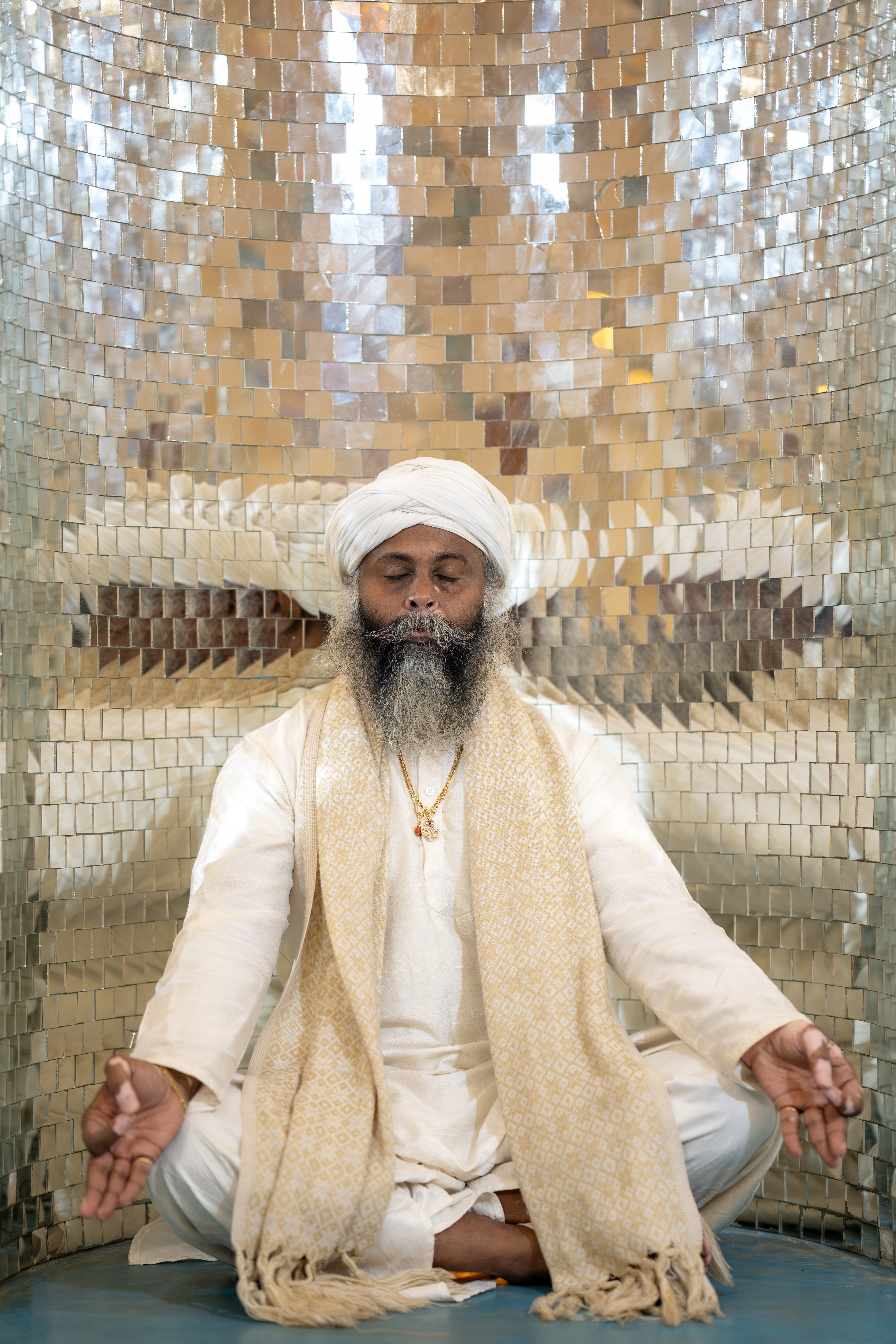From Performative Masculinity to Integrated Manhood
Most men don’t need more lessons on how to “be a man.”
They’ve already received those—from culture, family, religion, school, and society at large.
They’ve been told to be strong.
To suck it up.
To be the protector, the provider, the unshakable rock.
They’ve been told to be strong.
To suck it up.
To be the protector, the provider, the unshakable rock.
They’ve learned how to “man up” but never how to open up.
Under the weight of this conditioning, something sacred gets buried.
Not their strength.
Not their purpose.
But their tenderness.
Their boyhood.
The parts of them that wanted to cry, to be held, to ask questions without shame.
The parts that were punished, ignored, or ridiculed for being “too soft,” “too sensitive,” “too emotional.”
Not their purpose.
But their tenderness.
Their boyhood.
The parts of them that wanted to cry, to be held, to ask questions without shame.
The parts that were punished, ignored, or ridiculed for being “too soft,” “too sensitive,” “too emotional.”
Performative Masculinity Is Everywhere
You’ve seen it. Maybe lived it.
The hardened shell.
The need to always be in control.
The dominance disguised as leadership.
The dismissiveness when emotions arise.
The hunger to be admired, but the inability to be deeply seen.
The need to always be in control.
The dominance disguised as leadership.
The dismissiveness when emotions arise.
The hunger to be admired, but the inability to be deeply seen.
This is performative masculinity. It’s the performance of what a man “should” be based on outdated archetypes—driven not by truth, but by fear.
Fear of being exposed.
Fear of not being enough.
Fear of being weak.
Fear of not being enough.
Fear of being weak.
But underneath that performance lives a boy who still aches.
A boy who never got to feel safe enough to just be.
A boy who was told his sensitivity made him less of a man, rather than the very foundation of his wholeness.
A boy who never got to feel safe enough to just be.
A boy who was told his sensitivity made him less of a man, rather than the very foundation of his wholeness.
The Journey to Integrated Manhood
Integrated manhood doesn’t deny masculinity—it deepens it.
It isn’t performative. It’s embodied.
It isn’t performative. It’s embodied.
An integrated man is strong, not because he hides his pain, but because he knows how to sit with it.
He leads, not through dominance, but through grounded presence.
He protects, not by walling off, but by widening his heart.
He doesn’t seek validation for how manly he is—because he is rooted in who he is, with nothing to prove.
He leads, not through dominance, but through grounded presence.
He protects, not by walling off, but by widening his heart.
He doesn’t seek validation for how manly he is—because he is rooted in who he is, with nothing to prove.
He’s done performing.
Instead, he listens to the boy inside him—the one who still needs comfort, play, freedom, and gentleness.
He holds that boy in his arms and says,
“It’s okay to feel. You’re safe now. I see you.”
Instead, he listens to the boy inside him—the one who still needs comfort, play, freedom, and gentleness.
He holds that boy in his arms and says,
“It’s okay to feel. You’re safe now. I see you.”
This is where true masculinity begins—not in suppression, but in integration.
Why This Matters
Men who do this work stop wounding others from their own unresolved pain.
They become safer partners, more available fathers, more trustworthy leaders, more human.
They create ripple effects that change families, relationships, and communities.
They become safer partners, more available fathers, more trustworthy leaders, more human.
They create ripple effects that change families, relationships, and communities.
But they can’t do it alone.
They need safe spaces.
They need mirrors.
They need guides who won’t shame their softness or coddle their disconnection.
They need to know they can put the armor down—and still be held.
They need safe spaces.
They need mirrors.
They need guides who won’t shame their softness or coddle their disconnection.
They need to know they can put the armor down—and still be held.
A New Definition of Strength
Strength is not stoicism.
Strength is the courage to feel, the wisdom to pause, the humility to ask for help, and the integrity to stay with discomfort without numbing or running.
Strength is the courage to feel, the wisdom to pause, the humility to ask for help, and the integrity to stay with discomfort without numbing or running.
The world doesn’t need more men who perform strength.
It needs men who are willing to be real.
It needs men who are willing to be real.
So if you’re a man reading this—
Don’t become who you were told to be.
Become who you never had the permission to be.
Don’t become who you were told to be.
Become who you never had the permission to be.
The boy within you is still waiting to be loved.
And until you love him, no amount of success, status, or masculinity will ever feel like enough.
And until you love him, no amount of success, status, or masculinity will ever feel like enough.
Integrated manhood is not a destination.
It is a homecoming.
It is a homecoming.
And every man deserves to come home.


0 Comments